SAM Creates: Assemble Assemblages à la Rauschenberg
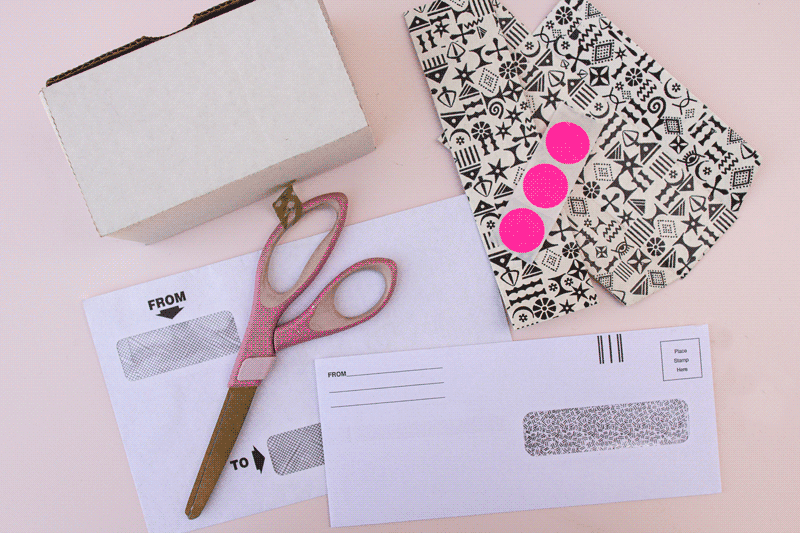
In his original Cardbirds, Robert Rauschenberg used discarded cardboard boxes he found on the street to create this flock of birds. Notice that he isn’t just using cardboard, but he rips the edges so the corrugation inside shows and the writing is prominently featured. These objects are supposed to feel like they were pulled out of a dumpster. By using everyday or discarded objects to make art, Rauschenberg was inviting us to rethink the value system of fine art.
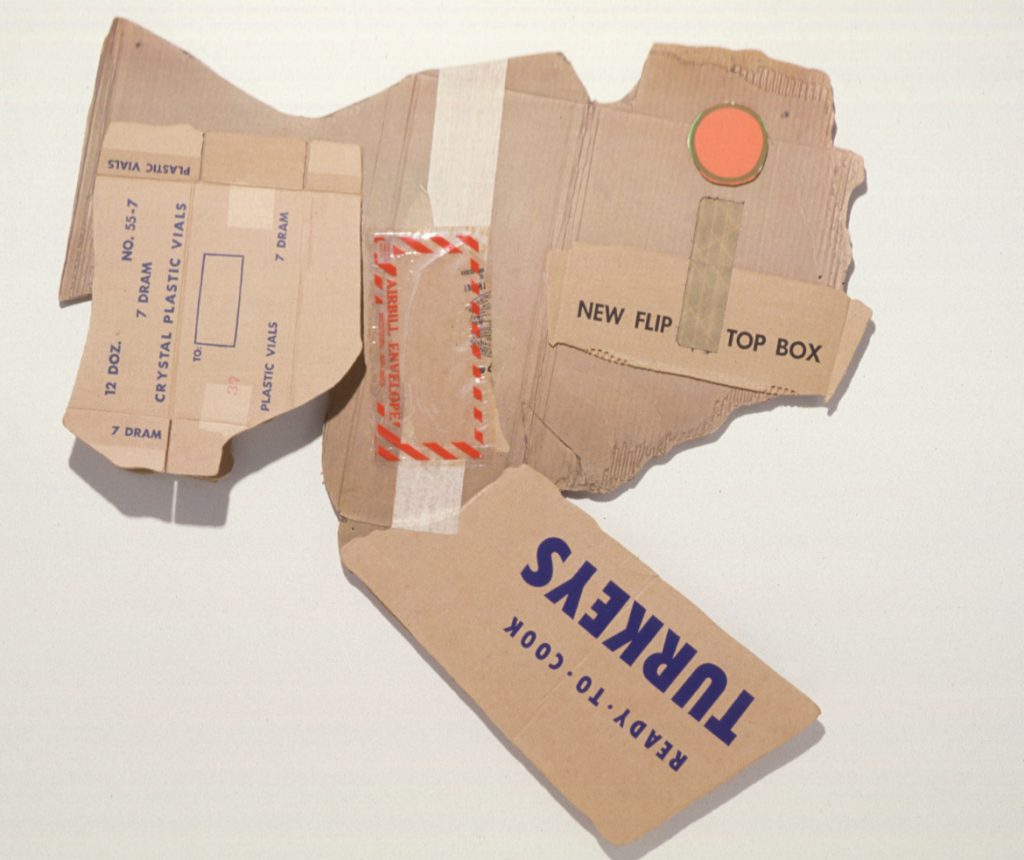
Rauschenberg was an innovator, known for his works combining painting and sculpture called combines. This was a radical blending of materials and methods in the 1950s and 60s and expanded the traditional boundaries of art. Combines and assemblages are like collage but are three dimensional with found objects projecting out from the base.
Create your own assemblage
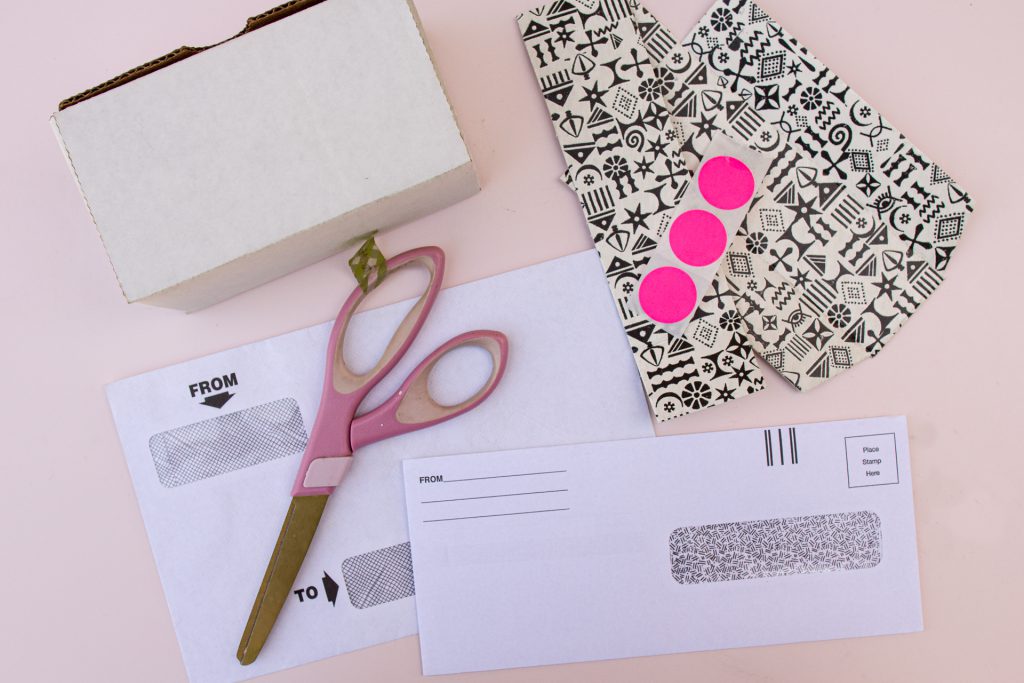
What you’ll need
- Cardboard or other materials that can be ripped, torn, and reassembled (phone books, toothpicks, or other recycled materials like scrap wood)
- Glue, stapler, paper clips, rubber bands
- Scissors
- Markers or paint
- Pencil or pen
As a starting point go outside and observe birds or other creatures. Think about Rauschenberg’s title: Cardbirds. Base your creation on something you see outside.
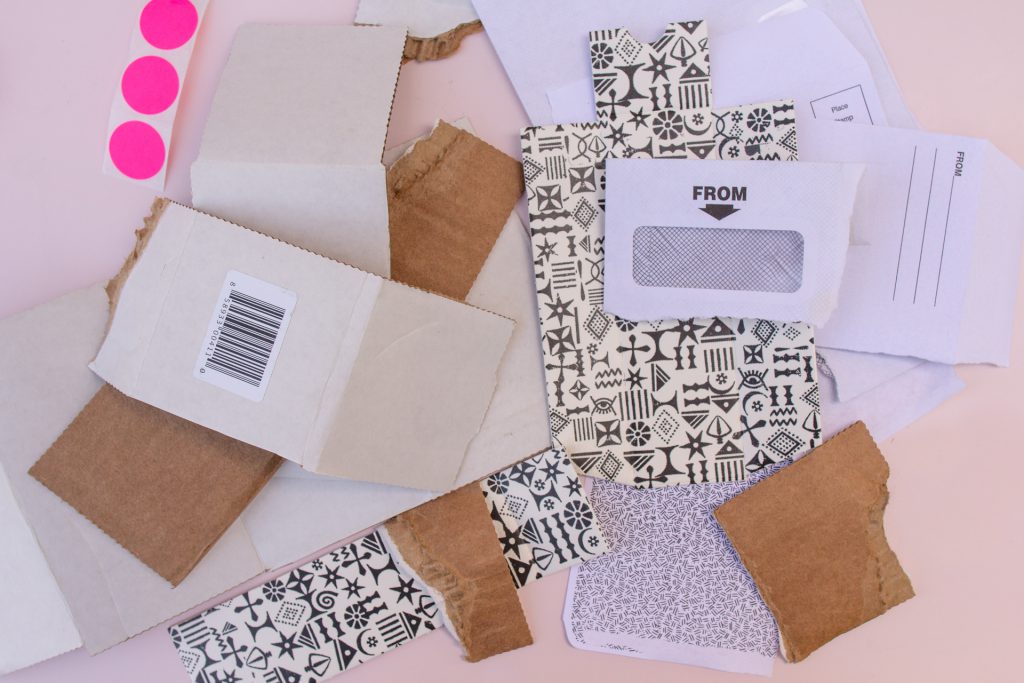
Consider cutting up cardboard pieces in preparation so there is a large assortment of sizes and textures. Peel off the top layer over the corrugated cardboard to show its interesting texture.
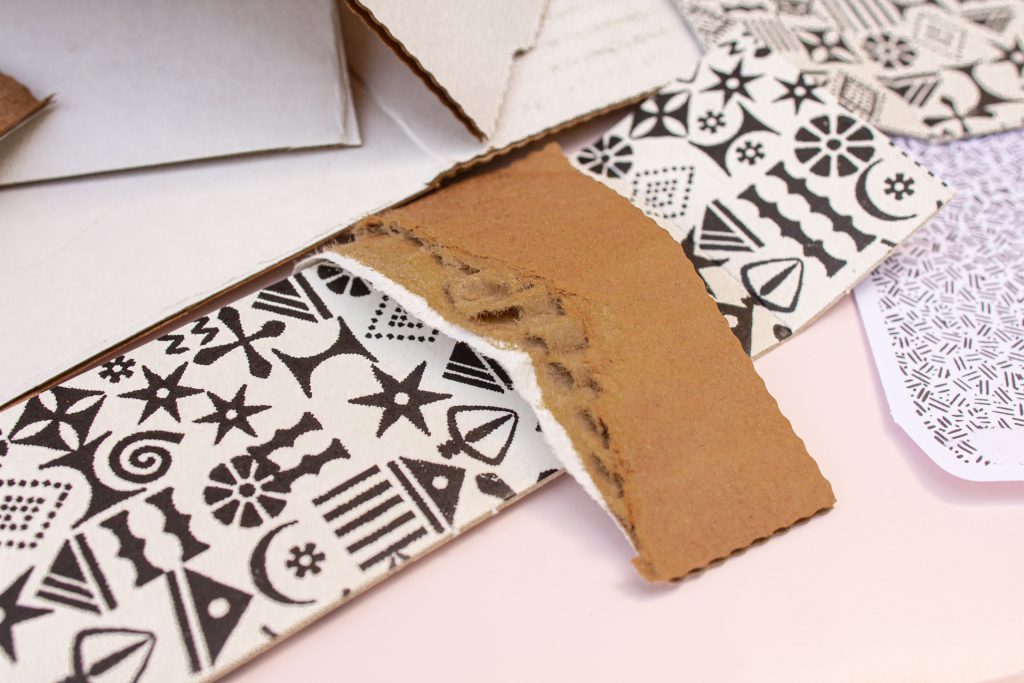
Gather your materials and take some time to arrange them in different ways. Think about pattern and texture as you let the materials speak to you, they will have their own story. Leave the evidence of their previous life visible, notice how Rauschenberg used the existing words “Turkey” or “Frozen” stamped on the cardboard. What history do your objects have? Can it help inform the work you’re making?
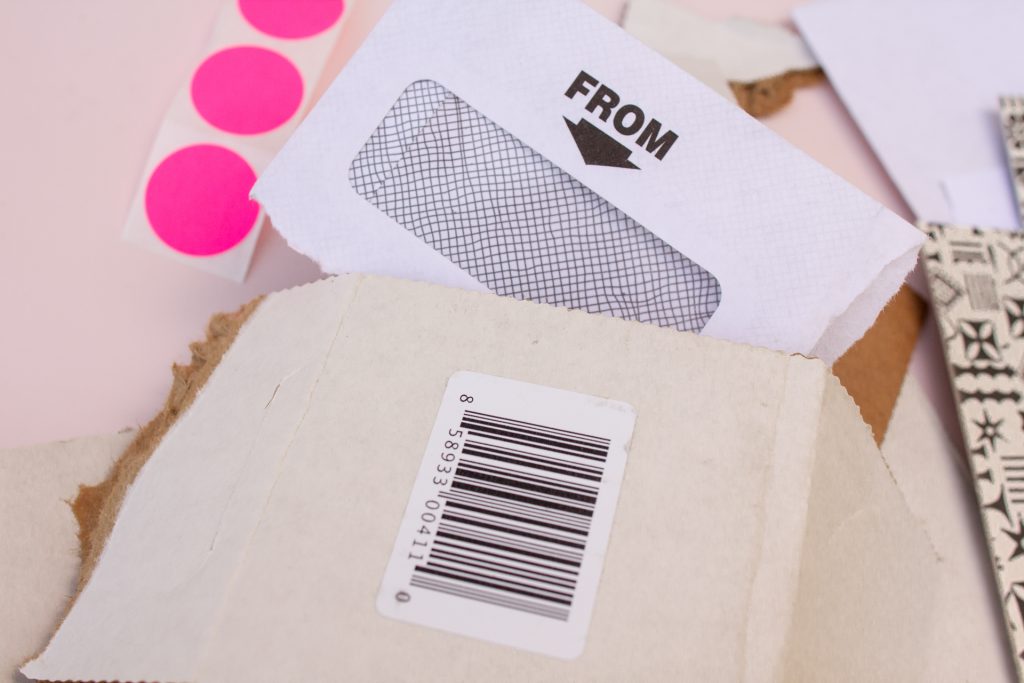
Next, use simple shapes to represent the animal or object you saw outside. Try cutting out or ripping ovals, triangles, and rectangles as well as organic shapes.
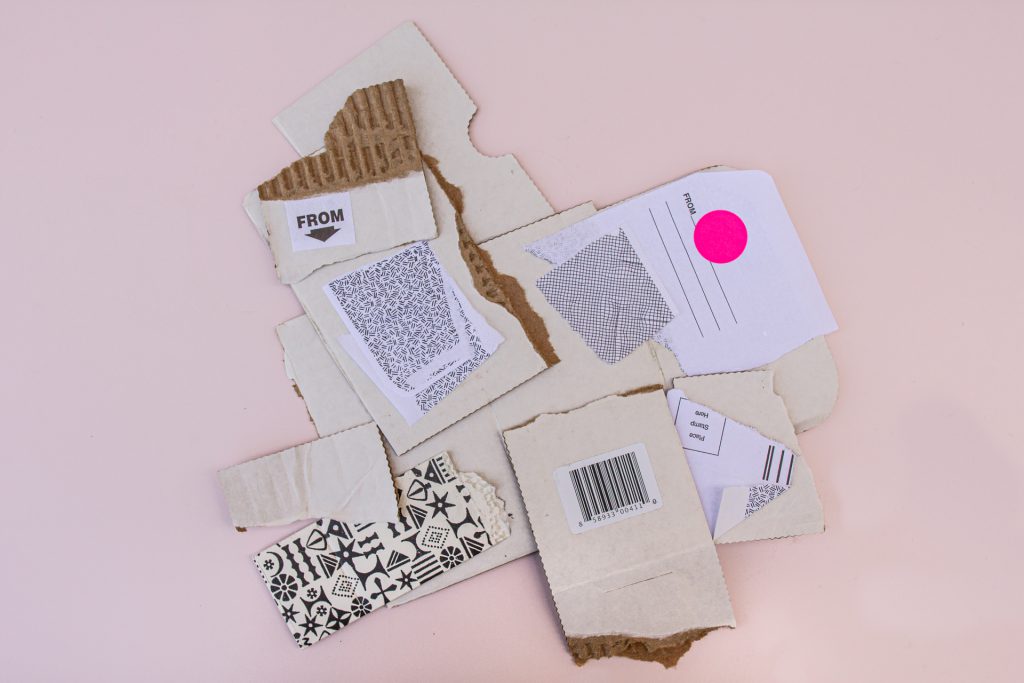
As you assemble your work try using a variety of attachment techniques, slot cuts are the simplest: cut straight into two separate pieces and slot them into each other at opposite angles. Layer and stack pieces together thinking about the use of symmetry as well as asymmetry, to create unity and interest. Glue objects together and allow time to dry or set. Consider painting with gesso or clear acrylic to help unify the piece.
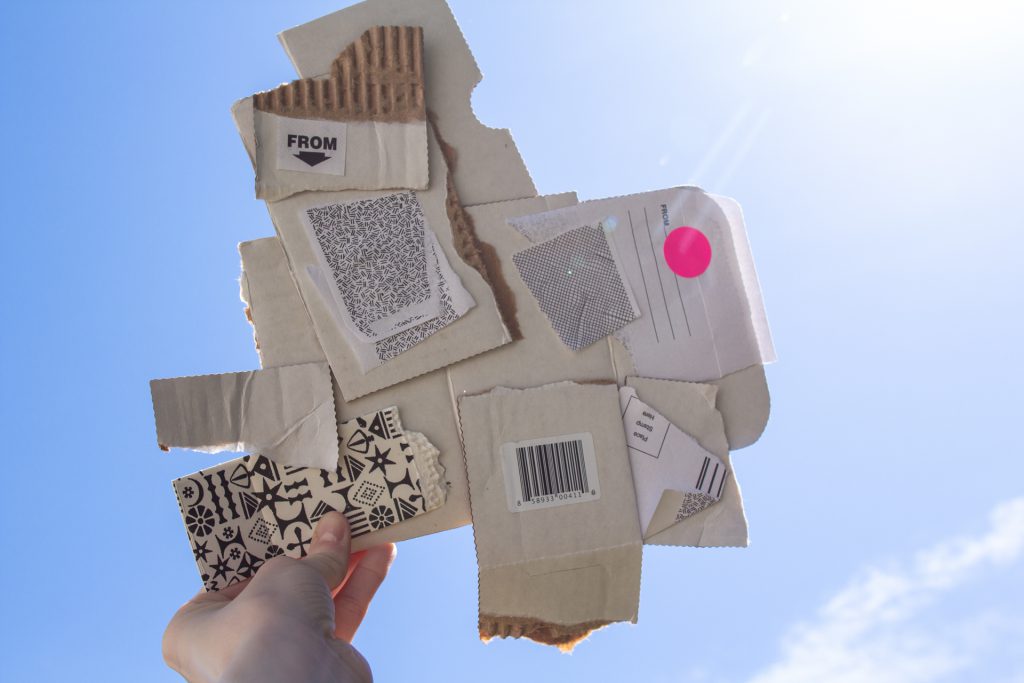
Make a few versions of your object or invite a friend to collaborate. Collaboration was an ongoing practice for Rauschenberg who said, “Ideas are not real estate.”
We would love to see the artwork you make while you #StayHomeWithSAM!
– Lynda Harwood-Swenson, SAM Assistant Manager for Studio Programs
We are humbled by the generosity of our donors during this unique time. Your financial support powers SAM Blog and also sustains us until we can come together as a community and enjoy art in the galleries again. Thanks to a generous group of SAM trustees, all membership and gifts to SAM Fund will be matched up to $500,000 through June 30!
Images: Cardbird III, 1971, Robert Rauschenberg, collage of corrugated cardboard, tape, offset photolithograph, and screen print, 35 1/2 x 36 in., Gift of the Robert B. and Honey Dootson Collection, 81.62.2 © Robert Rauschenberg Foundation. Natali Wiseman.